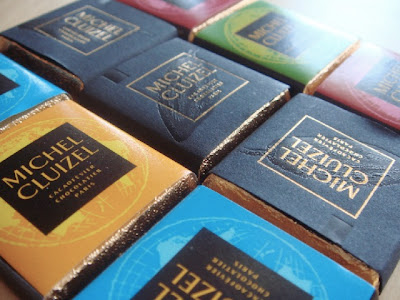Due to a seemingly endless trend of wildfires around Northern California this past week, the air is as smoky as a windowless room that's contained only Lou Reed and a carton(s) of cigarettes for three and a half days. The smoke is keeping the sun from shining, and the fog and the haze is blanketing the San Francisco Bay Area in a thick layer of pure asthma love.
Resulting from our sunless summer, the SF Bay Area is even cooler than normal. This has inspired me to put down my inhaler spray, halt my light cursing, and return to a post that I started in winter but never finished because we had an early heat wave.
Welcome back braising!
One of my favorite ways to prepare meat this winter was with a recipe featured in Saveur magazine's Chicago issue. It involved beautiful amounts of spices, citrus fruits, and aromatic wine. After I made it once the chefs way, I experimented with other meats, wines and herbs.
For example, after finding chicken thighs (ah.... dark meat) in our freezer one night that my mother-in-law donated to our poultry cause, I switched the meat base. I used the thighs for the dish instead of lamb, lessened the cooking time and worried a little less about creating a sauce and more about surrounding the chicken with lush flavors.
Another time I cooked pork butt. Which is actually pork shoulder, but who's ever been worried about the ramifications of misnaming a shoulder a butt.... The point of the matter is, any way I worked this recipe, the dish worked. Chef Bruce Sherman is a skilled man. I encourage you to play around sometime with this recipe too. The recipe is long, but the result is worth actually months of your time. Once you've mastered the basic idea, feel free to alter steps. I did.
The first time I made this recipe, I served the dish with the wine with which I used to cook the meat and pour in my glass during the cooking process. Then I opened an additional bottle of a different wine when the first ran out. The chef who created the recipe, Bruce Sherman, suggested using a dry Gewurztraminer in the braising liquid. Instead, I used a blended Alsatian wine called "Solis L"Exception" by Julien Meyer which contained 60 % Pinot Blanc, 35 % Sylvaner, and 5 % Muscat, but either wine suggestions will produce happy results. Gewurztraminer is a a lychee and rose scented grape, and often both Sylaner and Muscat evoke those scents as well as apricots, peaches, and other members of the floral families. As long as you stick with what is called an "aromatic wine", like a dry Riesling, Gewurztraminer, Viognier, Roussane or Sylanner, your braise should come out beautifully. The exotic aromatics in these wines love the flavors in the recipe such as Cardamon, star anise, and cinnamon. Don't the scents of cinnamon, apricot, rose and pear sound like they'd pair well together? Play some.
Once we finished (four people, I swear) the first bottle, I opened a bottle of Barberesco that I recalled exhibited aromas of citrus along with dark fruit and other Nebbiolo characteristics, but nearly any lightly oaked, earthy and spicy wine would have worked in the realm of red, such as a Cote du Rhone (Grenache, Syrah, Mouvedre). Even an aged Cabernet Sauvignon would have been lovely.
Would the ingredient list or description of the braised lamb of this recipe inspire you to open a particular bottle to sip with dinner? What about if you went with chicken instead?

















